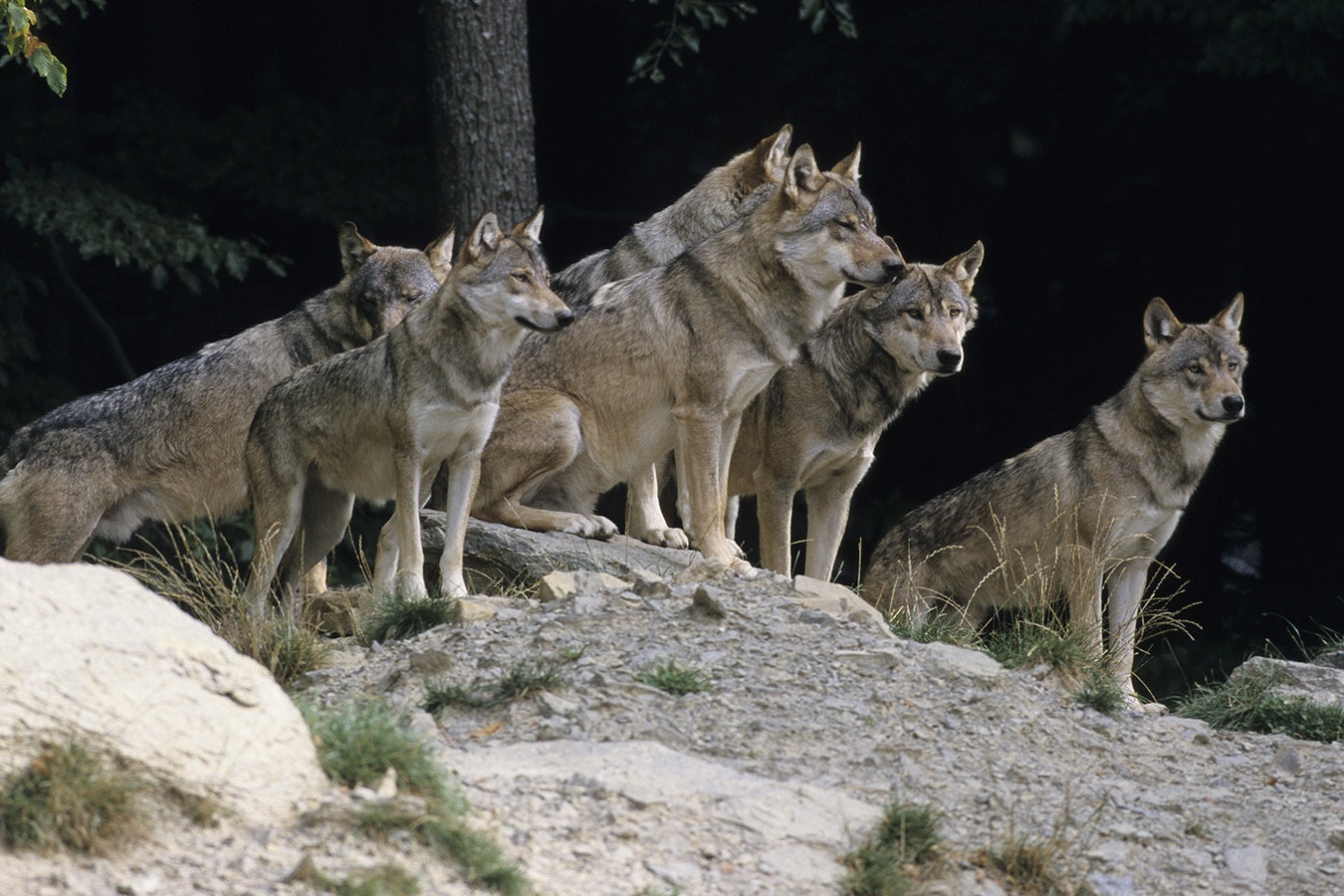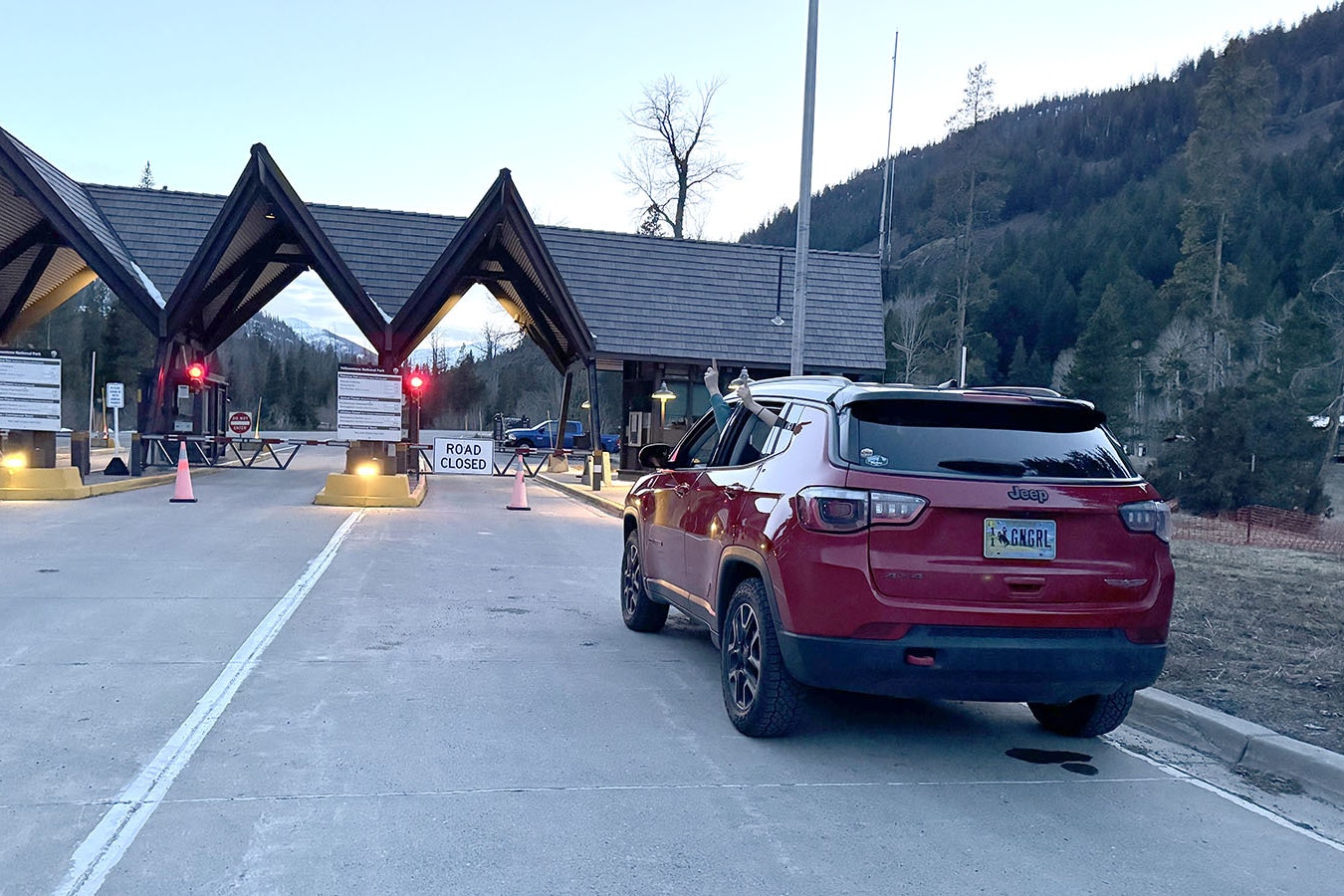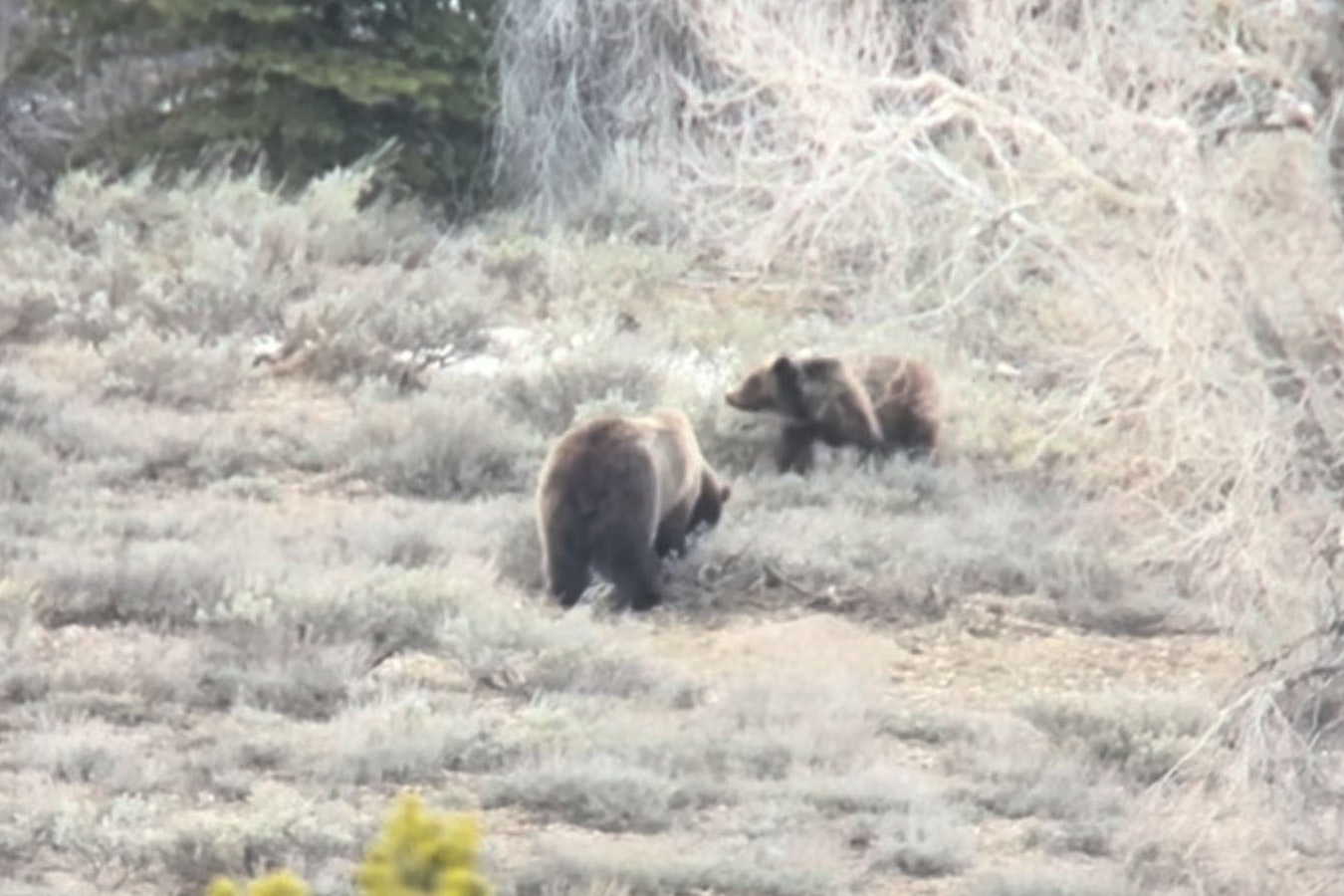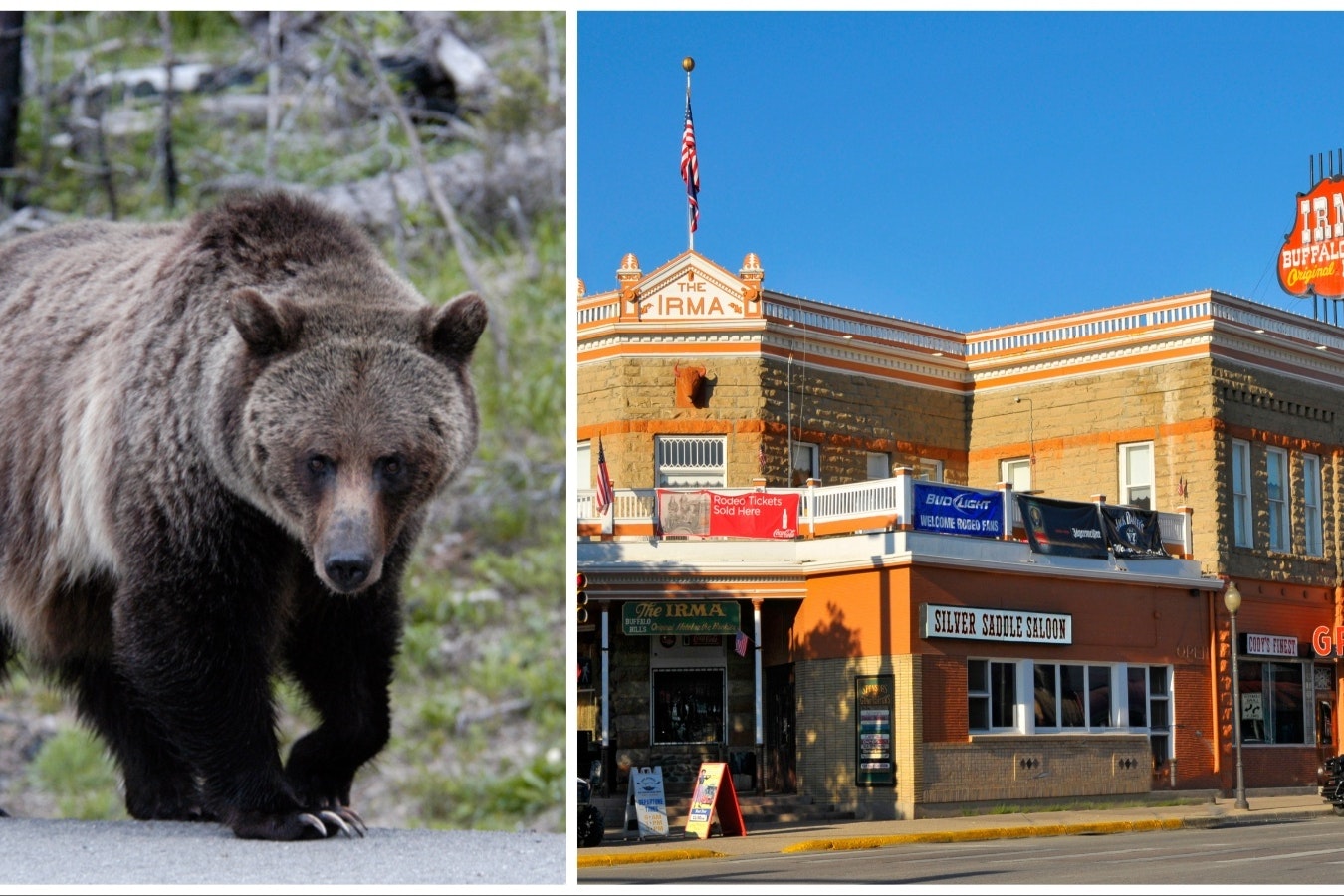Roughly a third of Wyoming’s elk herds are above their objective population numbers, partly because the critters are smart enough to find places where they won’t get shot, wildlife agents told legislators on Monday.
The Wyoming Game and Fish Department is in the “tricky” position of trying to balance the wants and demands of hunters and landowners, said Rick King, the agency’s chief game warden. And things are further complicated by the fact that some landowners think there are too many elk, while others really don’t mind them.
“It is tricky, because there are places where landowners would really like to reduce elk and there’s other places where we really don’t have the ability to infringe on anybody’s private property rights,” King said. “And if they choose not to allow access (for hunting) or they’re not as concerned about elk numbers as their neighbors are, it puts us in a tough spot.”
He made his remarks before the Wyoming Legislature’s Joint Agriculture, State and Public Lands and Water Resources Committee during its meeting in Pinedale on Monday.
The committee is considering a draft of a legislative bill that would expand the parameters under which landowners could file damage claims for cattle forage lost to elk.
During fiscal year 2022, Game and Fish paid out $1.5 million in damage claims to landowners, King said. About 25% to 30% of that went for forage loss or other damage caused by elk, while the rest went to compensate livestock loss and other damage caused by grizzly bears.
“That’s the trend we’ve seen, that elk and grizzly bears are the main cause of damage,” King said.
Different Options
The three elk herds that are the most over objective are the Iron Mountain herd between Cheyenne and Laramie, the herd around Laramie Peak and the Black Hills herd, King said.
For instance, the objective for the Iron Mountain Herd is 1,800 elk, and it’s now estimated at about 4,800, he said.
In problem areas, Game and Fish has tried a variety of measures, he said. Those have included lengthening hunting seasons and making more elk tags available, especially for cow elk.
The agency also has implemented “auxiliary seasons” in some areas. Those might include special rifle seasons during August when typically only archery hunting is allowed.
Kelli Docker of Laramie, who had never hunted before in her life, shot a cow elk during one such season in the Black Hills. She recently told Cowboy State Daily that the experience hooked her on hunting.
Game and Fish’s “Access Yes” program aims to allow hunters access to private ranch land to shoot more elk, King said.
There is also the Hunter Management Assistance Program, whereby Game and Fish personnel can escort hunters on to private property and “ensure that they follow the rules of the ranch,” he said.
‘Lethal Take’
In extreme circumstances, the state can issue “lethal take” permits on private land. In some instances agency employees or contractors can go on private property with a rancher’s permission and shoot dozens of elk.
Those “lethal take” permits are usually issued in later winter or early spring, King said.
He referenced the killing of 129 elk from the Iron Mountain herd last year during one such “lethal take” operation.
Rancher Juan Reyes recently told Cowboy State Daily that particular elk culling happened on his property.
The carcasses were all tested for chronic wasting disease, and only one came back positive and had to be destroyed, Reyes said. The other 128 were donated to Wyoming first lady Jennie Gordon’s Food From the Field program through the Wyoming Hunger Initiative.
‘Night Raiders’
While most of the elk overpopulation is in eastern Wyoming, the western part of the state isn’t without its problems, committee member Rep. Tim French, R-Powell said.
He noted that his family’s land north of Cody is sometimes hit by hundreds of elk at a time. The herd comes in at night from the back country “about six or eight miles away” to gorge in his fields during the night, and then leaves before dawn.
“We call them the ‘night raiders,’” he said.
He noted that he and some of his neighbors might be interested in applying for “lethal take” permits, but wondered if it would be legal to shoot elk in the dark.
King said that in some cases, killing elk at night could be allowed.
Save Havens
When asked how elk populations were allowed to balloon in the first place, King said that Game and Fish has been trying to stay on top of herd numbers in some places for years, but it often boils down to access to private property.
For instance, the agency has spent about 15 years trying to balance out landowner and hunter demands over the Iron Mountain elk herd, he said.
Early on, expanded seasons worked very well, with hunters killing roughly 300 elk, most of them females, from that herd during a single season.
However, one landowner in a core part of that herd’s habitat decided to shut down access, so hunters have killed far fewer elk there, he said.
Game and Fish director Brian Nesvik said a similar situation developed in the Black Hills region.
There used to be only a few elk there, he said. But then the animals started to figure out there were plots of private land in the Black Hills that were closed to hunting and started to congregate there — and the Black Hills elk herd has grown ever since.
Mark Heinz can be reached at mark@cowboystatedaily.com.





